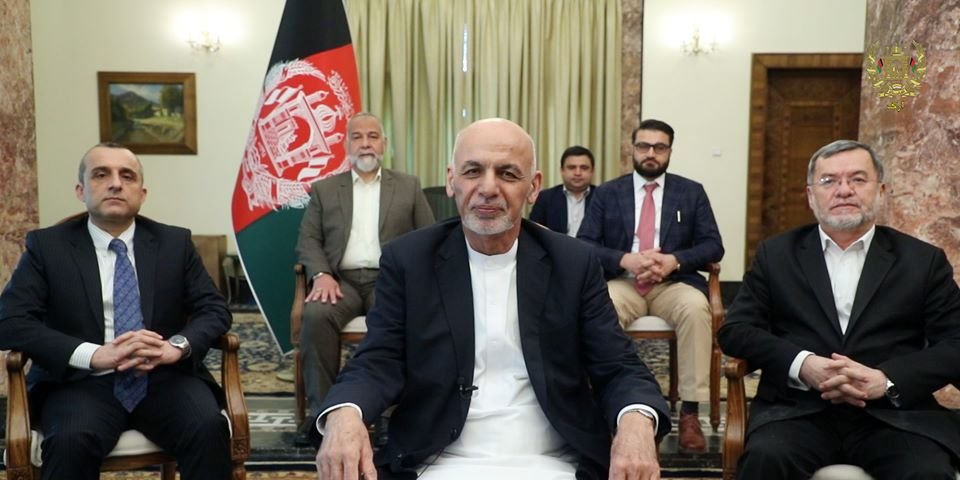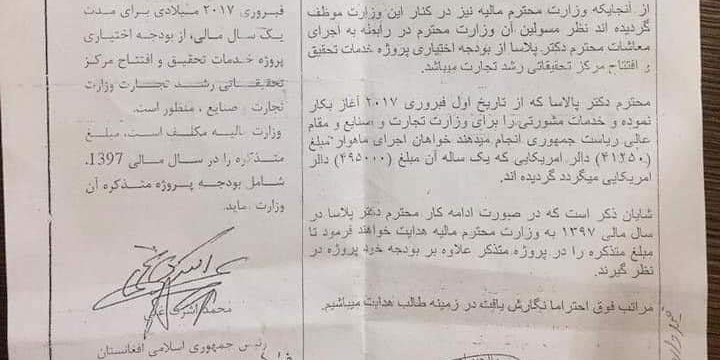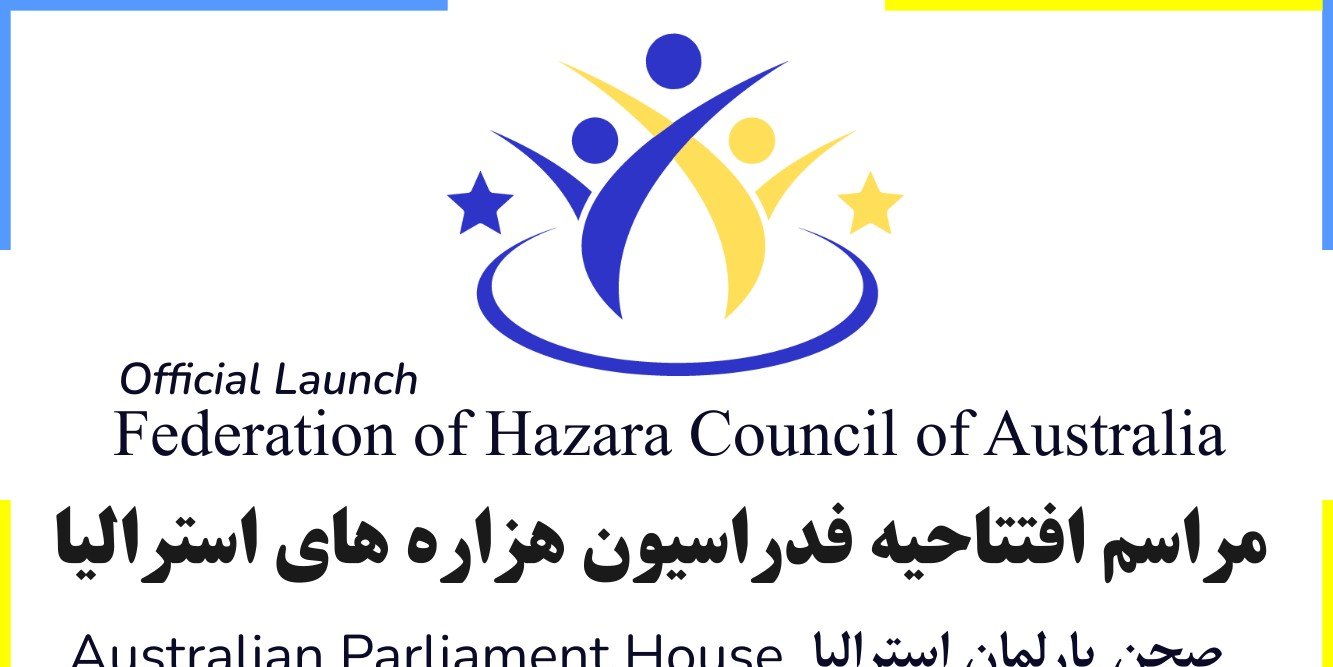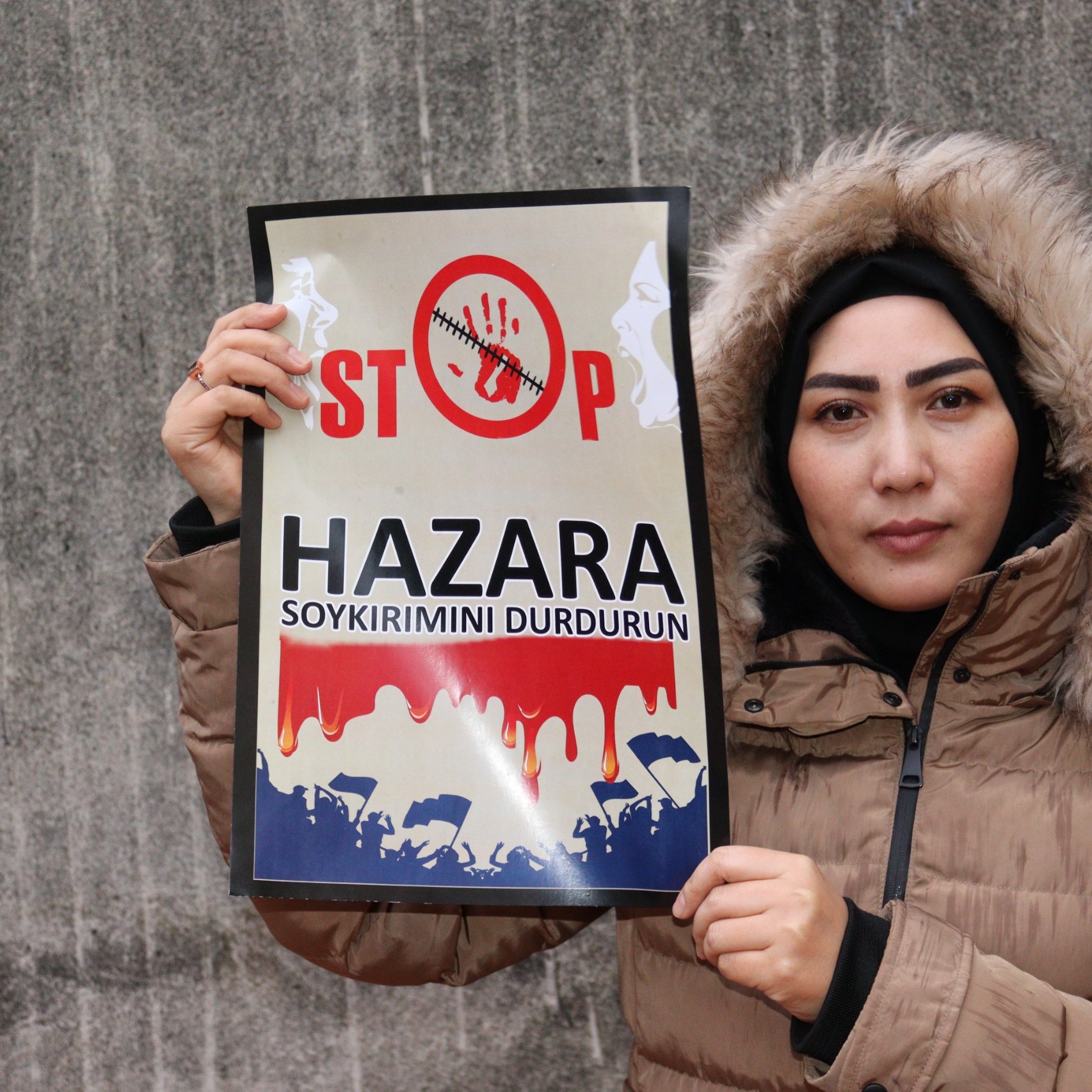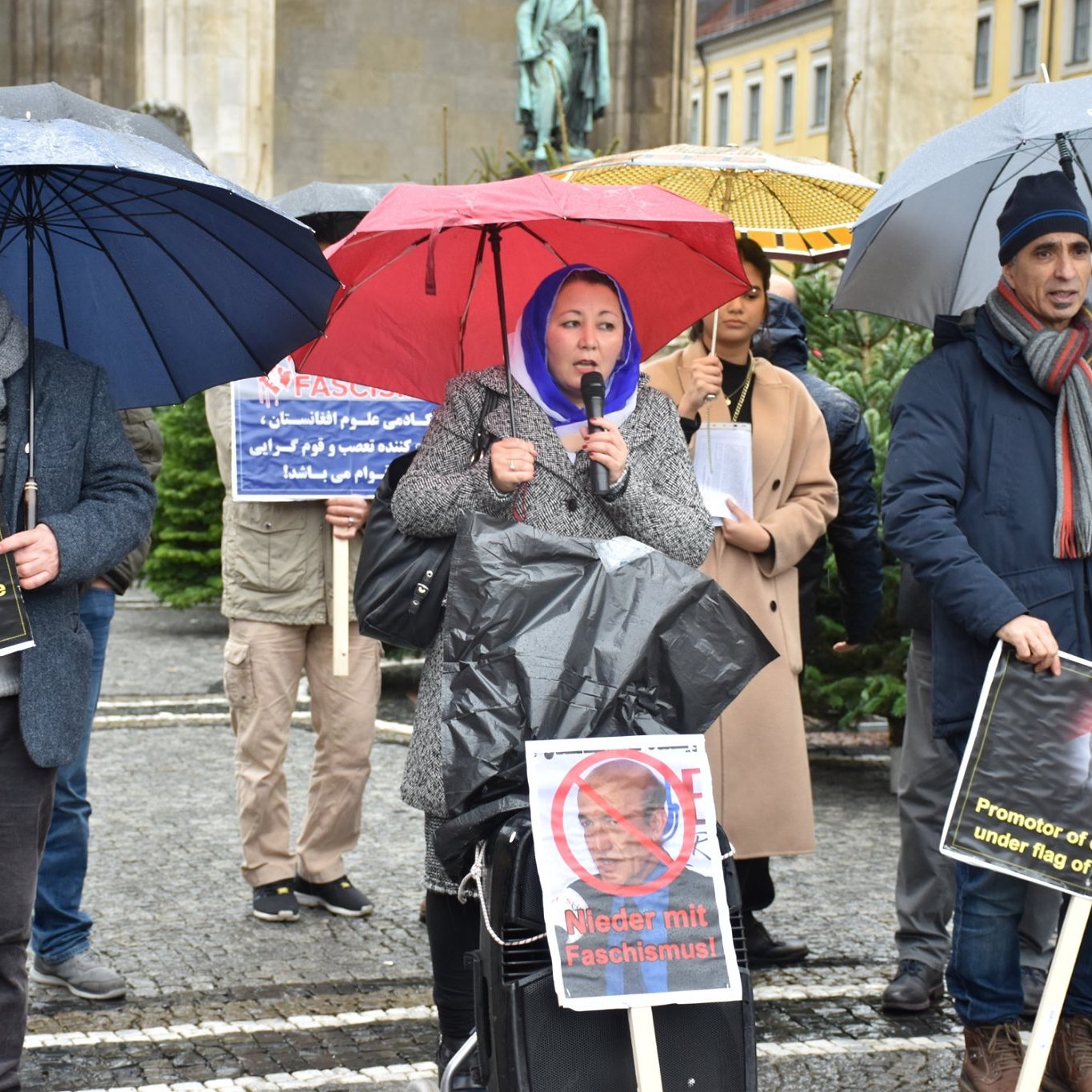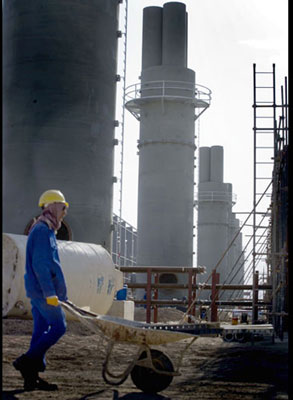
USAID Shocks Afghan Treasury with New Power Plant
Afghan government cannot afford to pay for millions of gallons of diesel fuel needed to run Tarakhil
Reading time: (Number of words: )
The Tarakhil power plant is part of a string of gold-plated USAID projects that have been built with little or no consultation with the Afghan government and without any consideration for life-cycle costs.
The U.S. Agency for International Development (USAID) operates as a separate organization within the U.S. State Department. It is currently building, with a mix of American and Afghan government funds, a $285 million dollar electrical power plant outside Tarakhil village northeast of Kabul. The flaw with the project is that the Afghan government does not have the funds to run the plant, so it is unlikely it will ever go on-line. The excessive operating costs for the plant are due to the fact that its turbines are diesel-powered. Much of the excellent reporting on this project is the work of Pratap Chatterjee, whose expose’ “White Elephant in Kabul” was recently published by CorpWatch and TomDispatch.Com.
He reports that the Tarakhil plant will require 600,000 liters of diesel per day to fully function. Using a calculation of $1/gallon, he estimates the fuel and operating costs to be $280 million per year. While power plant costs are normally passed on to the consumer, the problem is that Afghanistan is currently buying almost 300 megawatts of power from Uzbekistan. The cost of buying power on the open market is about six cents per kilowatt-hour, while Mr. Chatterjee estimates that the Tarakhil plant will produce electricity at a cost of 22 cents per kilowatt-hour. The Afghan government would have to absorb the difference.
The scenario here may be worse than even Mr. Chatterjee projects. A report in the New York Times, on November 15, 2009, by Christopher Drew, reveals that U.S. forces in Afghanistan are paying $400 a gallon for fuel (or almost $100 a liter). If these numbers are correct the actual cost of electricity from the Tarakhil plant might be as high as $2 per kilowatt-hour. The Tarakhil power plant could be dubbed “Barqzilla” (Barq being the Afghan word for electricity) as it is a monster which threatens to devour the Afghan Treasury.
Only 7% of Afghans have access to any electricity
Even if it was economical to operate the plant, it would only produce a maximum of 105 megawatts. That might supply electricity for half a million people, yet Kabul’s population is now estimated to exceed four million. That means the plant would only supply power to about 15% of the residents of Kabul, which raises fundamental questions about USAID strategic planning. The BBC’s Bilal Sarwary, on June 14, 2009, reported that only 7% of Afghans have access to any electricity.
They were given a cost-plus contract with no apparent ceiling
The history of the Tarakhil power plant is written in broken promises, sweetheart contracts and cost overruns. Some of the credit on this reporting goes to Marisa Taylor of McClatchy newspapers. The construction contract for the power plant was awarded by USAID in July 2007 to two favored and politically connected contractors (Black and Veatch, and Louis Berger, Inc.). They were given a cost-plus contract with no apparent ceiling. They purchased the turbines for the plant from Germany and the transformers from Mexico. The U.S. Embassy represented to President Hamid Karzai that the plant would cost $120 million and would be fully operational in April 2009. In fact, the cost for the plant has more than doubled and it is still not fully functional. It appears that USAID has known for some time that the cost of operating the Tarakhil plant would be prohibitive, but the agency refused to cancel the project. It continued to put good money after bad.
One of the rationales for the power plant is that Afghanistan should have its own organic capacity to generate electricity and should not be forced to rely on its neighbors. The defect in this logic is that the diesel for the Tarakhil plant has to be trucked in from those same neighboring countries, so either way, Afghanistan remains at the mercy of its neighbors. USAID does not explain why it has not shifted to renewable sources of power such as wind and solar. The agency continues to push hydro and micro-hydro projects, even though Afghanistan is currently experiencing a drought.
On November 10, 2009, USAID’s Regional Inspector General Bruce N. Boyer issued an audit report to USAID’s Afghanistan Mission Director William M. Frej. He stated that “a key to political stability is sufficient, reliable, electrical power” and then he made a finding that the Afghan government “may not be able to afford to operate the (Tarakhil) plant.” The audit report contains no discussion of accountability for this waste of almost $300 million and makes no recommendation for any disciplinary action against any of the officials involved in the project. A Special Inspector General for Afghanistan (SIGAR) report on the Tarakhil power plant is supposed to be released at the end of this month and it is likewise expected to ignore the issue of accountability.
The Tarakhil power plant is part of a string of gold-plated USAID projects that have been built with little or no consultation with the Afghan government and without any consideration for life-cycle costs (i.e., what it will cost to maintain or operate the facility).
The New York Times published a major report on November 21, 2009 by Timothy Williams which detailed major USAID projects in Iraq which the Iraqi government is discovering are too expensive or too complicated to operate. They are primarily water treatment and sewage treatment plants. Some may simply have to be abandoned, with billions of dollars in reconstruction funds being lost. The Tarakhil project has consumed reconstruction funds that are desperately needed elsewhere in Afghanistan.
On August 5, 2009, the U.S. Ambassador in Kabul Karl Eikenberry gave a speech in which he stated that: “the U.S. Government is proud of America’s contribution of $300 million” for this project. A concurrent USAID press release boasts that the Tarakhil plant will soon produce electricity for half a million residents of Kabul. This is how one loses a war, by promising people benefits that they are unlikely to ever receive.




